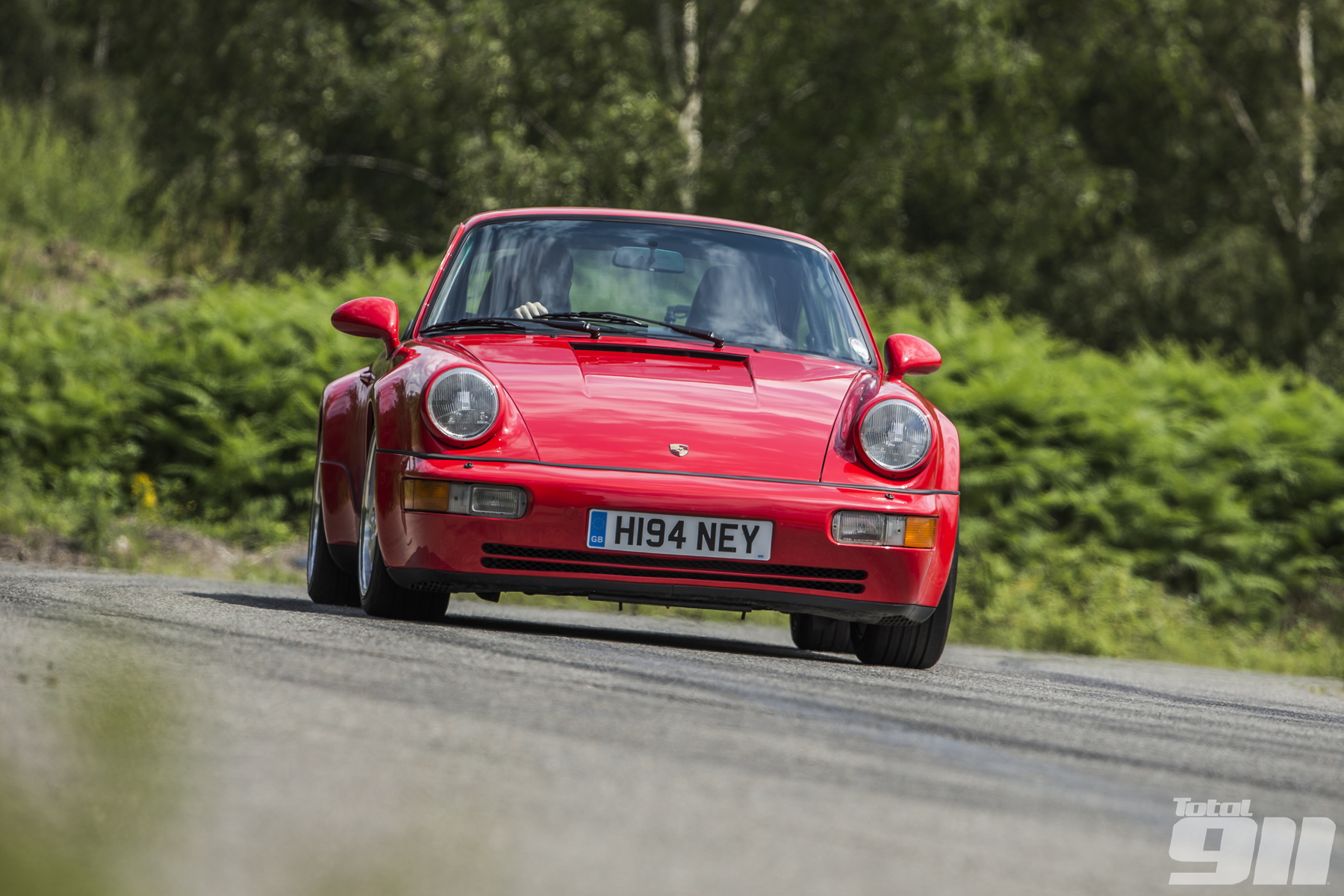Technology explained: The ‘Weissach effect’ axle
While the 991 Turbo and GT3 may be the first Porsches to feature active rear wheel steering, neither model is the first to try and control the direction of the rear axle under load.
Throughout the Sixties, Seventies and Eighties, most of the cars rolling off of the Zuffenhausen production line featured semi-trailing arm rear suspension, whereby the two arms connected to each upright are mounted to the chassis via rubber bushes (to reduce vibration and road noise).
While the design is a cost-effective alternative to double wishbones, during any deceleration the car’s body tries to pull away from the rear suspension. This causes the semi-trailing arm to deflect thanks to the elasticity in the rubber bushes, pushing the heavily loaded outer rear wheels into toe out.
If this deceleration is caused by a mid-corner throttle lift, the ensuing toe out helps to destabilise the car, causing a rapid snap into oversteer. To overcome this, Porsche developed and patented the Weissach axle, a passive rear-wheel steering system that was fitted to the front-engined 928 grand tourer.
Compared to a standard semi-trailing arm, the innermost mount was moved further towards the rear, with a third, pivoted linkage sitting between the foremost mount and the upright. This pivot reversed the direction of the wheels’ travel under deceleration, causing toe-in that helped to promote understeer.
While the Weissach axle was never implemented in a 911, the 964 featured a semi-trailing arm setup whereby the rear-most arm featured a more flexible connection than the forward arm. This made use of the lateral loads under cornering to induce 928-like toe-in.
This ‘Weissach effect’ was also created within the 993’s multi-link rear suspension setup with the inclusion of a particularly elastic fifth link, although plans to include an electro-mechanical active steering system were tested before being scrapped due to their complexity.
Our online ‘technology explained’ features are the perfect way to brush up on Porsche’s increasingly complex engineering. Read them all here.


Comments (0)